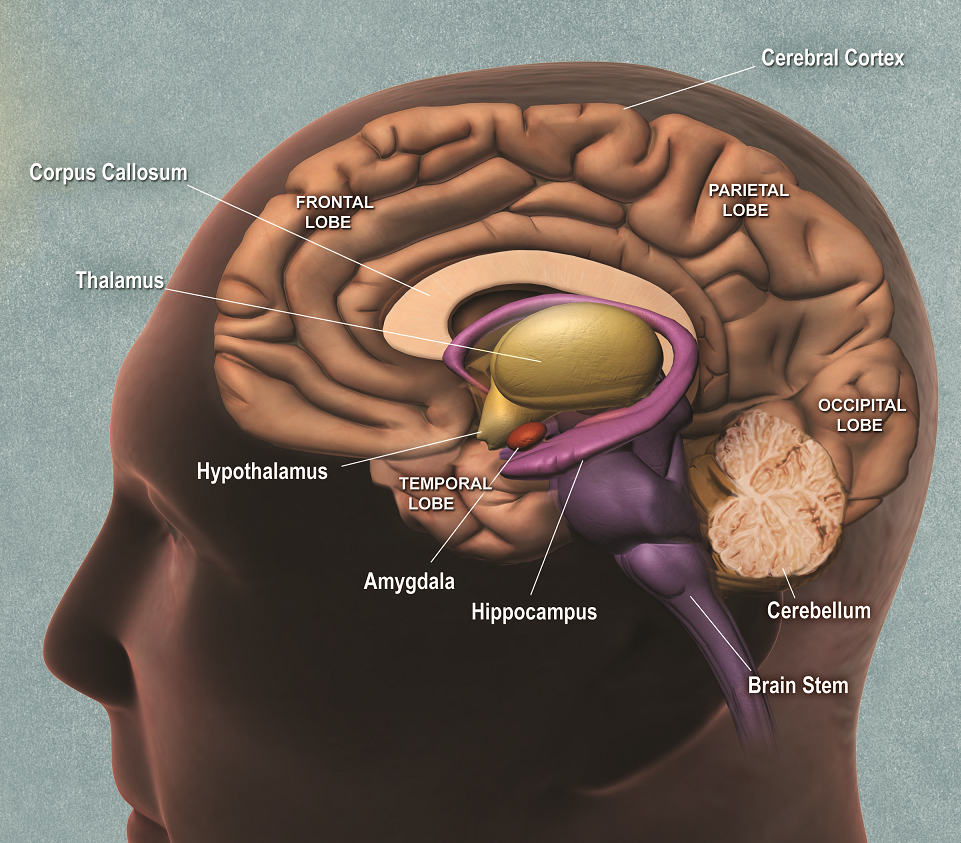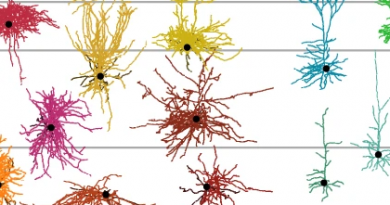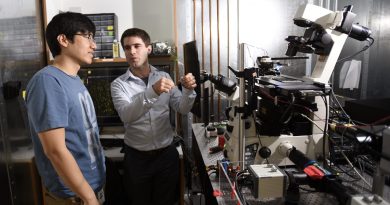SRC-1 gene is an important regulator of body weight
Maintaining a healthy body weight is no simple matter. In his lab at Baylor College of Medicine, Dr. Yong Xu and his colleagues investigate the roles the brain plays in body weight control. They study genes, neural circuits, neurotransmitters and intra-neuronal signals that interact to influence body weight, appetite, glucose balance and blood pressure in animal models.


In this study, the Xu lab and the lab of Dr. I. Sadaf Farooqi at the University of Cambridge collaborated to study the protein called steroid receptor coactivator-1 (SRC-1). This protein is known to participate in the regulation of body weight, but its precise role is not clear.
By combining the individual expertise of each lab – basic and genetic animal studies in the Xu lab and human genetics in the Farooqi lab – the team was able to make the case that SRC-1 is an important regulator of body weight.
“We discovered that SRC-1 is highly expressed in the hypothalamus of mice – a brain area that regulates appetite – specifically in neurons that express the Pomc gene. Pomc neurons are known to regulate appetite and body weight,” said Xu, associate professor of pediatrics and of molecular and cellular biology and a researcher at the USDA/ARS Children’s Nutrition Research Center at Baylor College of Medicine and Texas Children’s Hospital.
Further experiments showed that SRC-1 is involved in regulating the expression of Pomc gene in these cells. When Xu and his colleagues deleted the SRC-1 gene in Pomc neurons, the cells expressed less Pomc and the mice ate more and became obese.
When the researchers explored whether SRC-1 also would play a role in regulating human body weight they found that, indeed, SRC-1 also seems to be involved in this process.
“We had identified a group of severely obese children carrying rare genetic variants in the SRC-1 gene,” said Farooqi, professor of metabolism and medicine in the Department of Clinical Biochemistry at the University of Cambridge and Wellcome Trust Principal Research Fellow.

Working together, Xu, Farooqi and their colleagues found that many of the SRC-1 variants in the obese children produced dysfunctional proteins that disrupted the normal function of SRC-1. On the other hand, SRC-1 variants in healthy individuals did not disrupt SRC-1 function.
Furthermore, mice genetically engineered to express one of the human SRC-1 genetic variants found in obese children ate more and gained weight. This is the first report of SRC-1 playing a role in the hypothalamus in the context of body weight control.
To read all the details of this work, visit the journal Nature Communications.
Other contributors to this work include Yongjie Yang, Agatha A. van der Klaauw, Liangru Zhu, Tessa M. Cacciottolo, Yanlin He, Lukas K.J. Stadler, Chunmei Wang, Pingwen Xu, Kenji Saito, Antentor Hinton Jr, Xiaofeng Yan, Julia M. Keogh, Elana Henning, Matthew C. Banton, Audrey E. Hendricks, Elena G. Bochukova, Vanisha Mistry, Katherine L. Lawler, Lan Liao, Jianming Xu, Stephen O’Rahilly, Qingchun Tong, UK10K consortium, Inês Barroso and Bert W. O’Malley. The authors are affiliated with one or more of the following institutions: Baylor College of Medicine; University of Cambridge Metabolic Research Laboratories; Wellcome Trust-MRC Institute of Metabolic Science; Huazhong University of Sciences & Technology, China; Wellcome Sanger Institute, Cambridge; University of Colorado – Denver and University of Texas Health Science Center at Houston.
For a complete list of the sources of financial support for this project, visit this link.



